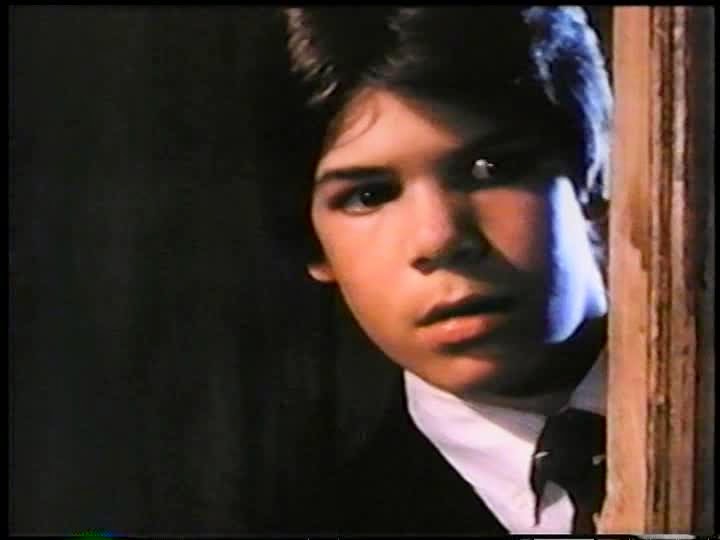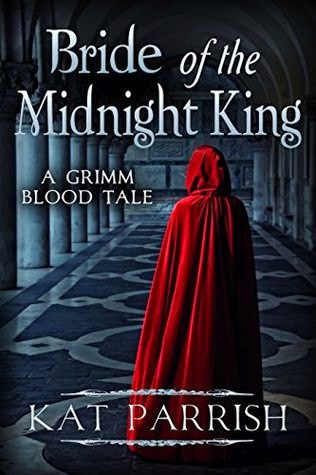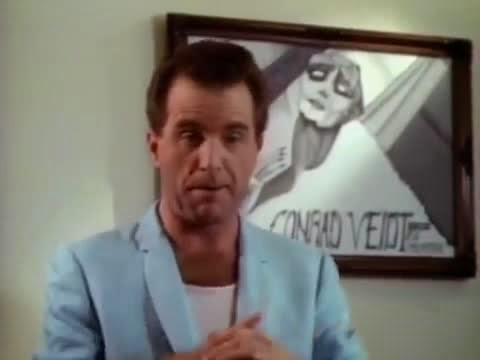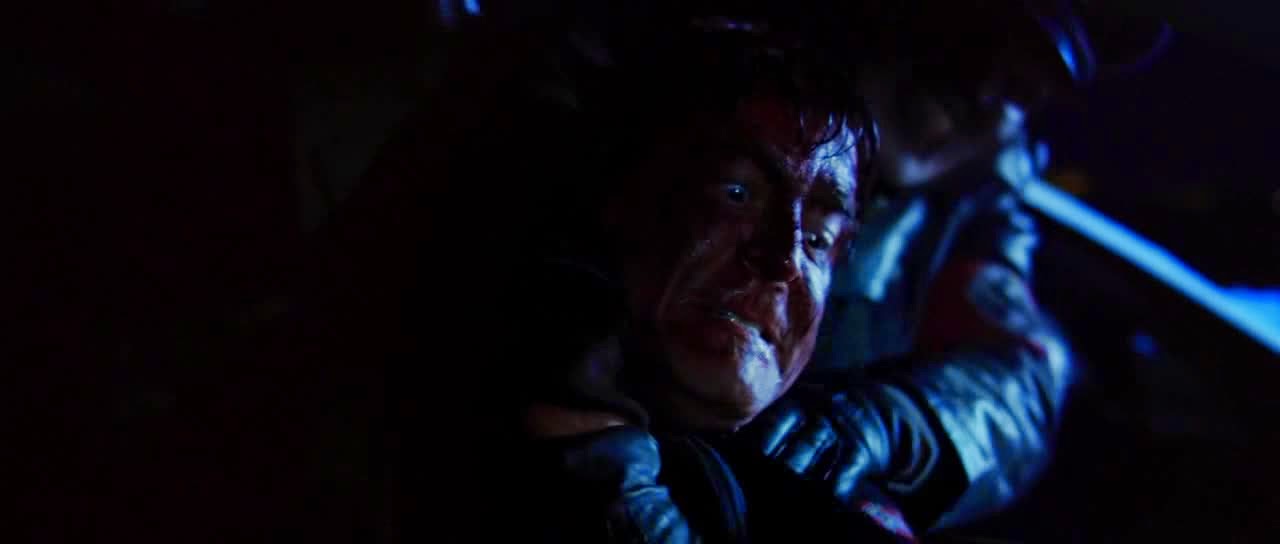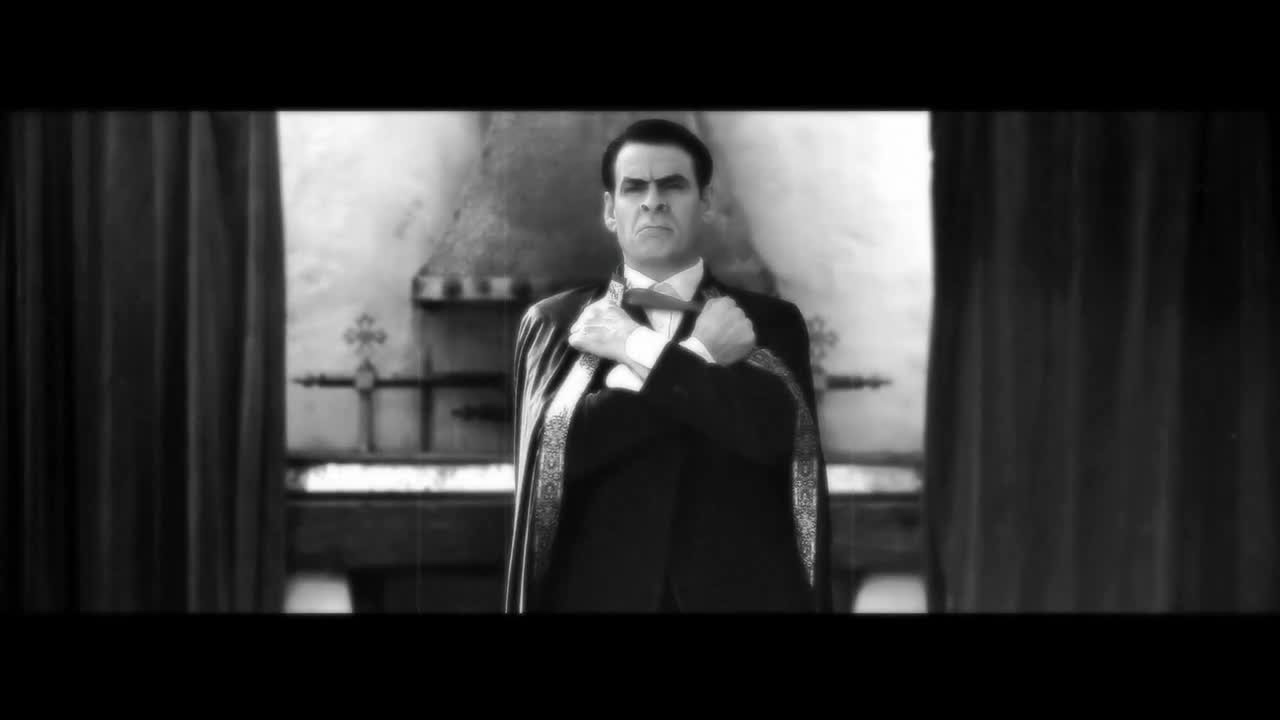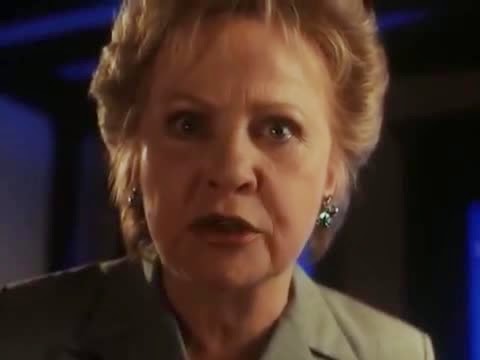My series of ‘Vamp or Not?’ articles have occasionally raised eyebrows, I know, but there is most definitely a reason for each of them. Perhaps there has been an association of the film/book with vampires by an author, or on filmographies, sometimes the creature featured has a broad vampire crossover for some reason and sometimes they are suggested.
In the case of the Doctor Mabuse films they were the subject of several pages of discussion by Erik Butler in his 2010 book
Metamorphoses of the Vampire in Literature and Film: Cultural Transformations in Europe, 1732-1933 (though the third film was way out of the timeframe the first two were not) in a chapter entitled Vampires in Weimar: Shades of History. The watching of the films for this article was certainly no hardship as they were directed by the great Fritz Lang.
![]() |
| Aud Egede-Nissen as Cara |
Mabuse was a fictional character created by Norbert Jacques in the 1921 novel Dr. Mabuse, der Spieler, and Lang’s film of the same name was released the following year and it is with Dr Mabuse the Gambler (to offer the English title) that we will begin. I guess the warning for anyone wanting to watch these films is that this one is a silent movie, and though split into two parts it comes in at a colossal four and a half hours long. It is, however, great cinema.
![]() |
| Rudolf Klein-Rogge as Dr Mabuse |
Mabuse (Rudolf Klein-Rogge) is a genius and master of disguise who, in the public eye, is a psychoanalyst but secretly runs a criminal gang from the shadows. Given the four and a half hours I am not going to run through the ins and outs of the plot. However as a character he is said to have devil’s eyes. He has a hypnotic stare – and the concentrated view of his eyes would later become a vampire film stock-in-trade through Tod Browning’s filming of
Dracula.
![]() |
| hypnotic eyes |
So powerful is Mabuse’s hypnotic powers that he can influence people from a distance, cause people to play badly at cards (the gambler in the title refers to Mabuse both gambling with people’s fates – as Mabuse himself puts it – and gambling in casinos/gambling dens. Further it uses the German spieler in both its forms, so refers to an actor as well as a gambler) and even go so far as to cause someone to kill themselves. Both the hypnotic ability and the tie with pushing someone to suicide have counterparts within vampire tropes. The hypnosis seems to be telepathic – no verbal commands need be issued – and Mabuse describes it as an expression of his will.
![]() |
| Gertrude Welcker as Gräfin Told |
There is one woman who loves him unquestioningly (to whom he is, at best, callous) called Cara Carozza (Aud Egede-Nissen). She never betrays him, commits suicide for him and suggests that he is immortal when she asks the rhetorical question what could he die of? She goes on to suggest that only he could destroy himself. He falls for Dusy Gräfin Told (Gertrude Welcker), who in many respects is his downfall; interestingly she is a bored member of the aristocracy who describes herself as having weary blood. There is a potentially supernatural element (beyond his hypnosis, which seems very far reaching) when Mabuse himself is faced with the ghosts of his victims. That could simply be in his head but we, earlier in the film, met a spiritualist and the fact that her gifts were simply accepted without question speaks to this scene. This film’s imdb page is
here.
![]() |
| like a living corpse |
In 1933 Lang made Das Testament des Dr. Mabuse. It was two years after his seminal
M and the Testament of Dr Mabuse makes the same great use of sound as M did – indeed the opening scene with its industrial soundtrack is an exercise in tension that really does have to be experienced. Mabuse (again played by Rudolf Klein-Rogge) is in an asylum and had, for many years, been catatonic. That said his eyes still have power, it would seem, an orderly waxes lyrical about the power of them, which could almost paralyse you and also suggests that the Dr is like a living corpse.
![]() |
| writing the Testament |
The asylum’s chief doctor, Professor Baum (Oscar Beregi Sr.), noticed that Mabuse’s hand started making writing motions and gave him pen and paper. This produced nothing but marks and then gibberish but eventually he started writing out the ravings of his mind – blueprints, essentially, for crime. It isn’t a spoiler too far to reveal that Baum takes up Mabuse’s mantle by following these instructions. Hidden from his gang (they only ever hear his voice) they cannot fathom his plans any more than the police (who start hearing whispers of the name Mabuse – even after the real doctor dies in the asylum).
![]() |
| through the eyes of madness |
The reason the criminals cannot fathom his plans is down to the apparent senselessness of the crimes. After a jewellery heist the precious metals are melted down, the stones separated but the profits will be pushed into drugs and then they will practically be distributed for free – for instance. However Mabuse’s plan is to create what he has termed an Empire of Crime, the desire is to spread anarchy and terror. There are, of course, hints of madness – at one point Lang beautifully shows us the world through the eyes of a man who has lost his mind, the spectral office equipment only existing for him.
![]() |
| spectral Dr Mabuse |
However where does the feverish mind end and the supernatural begin? Mabuse spirit seems to visit Baum; his voice distorted, his brain visible and his eyes at times glowing. Is this in the Professor’s head? It would seem so and yet the spectre also physically interacts with the world, opening a gate or passing over the manuscript of his testament. It also seems that there is a transference of personality, that Baum is lost and he becomes Mabuse. The film’s imdb page is
here.
![]() |
| blind Cornelius |
The last Mabuse film that Lang made was the 1960 Die 1000 Augen des Dr. Mabuse, or the thousand eyes of Dr Mabuse. Modernised, it becomes a thriller and whilst there are hints of the supernatural – as there is a prominent role for Cornelius (Wolfgang Preiss), a blind clairvoyant – ultimately the supernatural is eschewed. The villain may call himself Mabuse but he is working from a copy of the Testament (we don’t know how he got it, the file was a stolen police one but the story behind its retrieval is not given) and the 1000 eyes are cameras. There is hypnosis involved but Lang almost casually tosses that in at the end of the film. This added little to the ‘Vamp or Not?’ discussion, to be fair, though the goal was the Empire of Crime again. The film’s imdb page is
here.
![]() |
| apparition of a victim |
So is it Vamp? On the description I have offered, no, there are certainly tropes it shares with some vampire works but maybe only enough to make it genre interesting. But let us see what Butler had to say. We have to remember that there was, at one point, plenty of crossover between the vampire and the werewolf. Butler quotes the Mabuse of Norbert’s novel as saying, “
I am a werewolf. I suck up human blood! Every day, hatred burns off all the blood that runs in my veins, and every night I fill them with a new victim’s blood”. Given this we can see why Butler looked towards the character.
![]() |
| dead Mabuse opens the gate |
Mabuse is called a superior intellect and Lang himself suggested that, “
I saw the master criminal after World War I as a version of the superman which Nietzsche had created in his writings.” The vampire can be used as a symbol to explore the Nietzsche übermensch or overman (probably a better translation than superman) and has been so used several times. Butler makes a compelling case for Mabuse to have become a force of evil, rather than just a man, and points out that in the later (non-Lang) Mabuse film In the Steel Net of Dr Mabuse, there is a book that shows the forms the devil takes; werewolves, vampires and (there is a chapter in the book on) Mabuse.
![]() |
| subsuming Baum |
I am still not convinced. In many respects he did live on after death – was the spectral Mabuse a figment of imagination as Baum went mad or a real presence that took over his personality? That is left for the viewer to decide. Certainly his Testament enabled the events of the third film, and thus allowed him immortality, with goals that were just as diabolic. However I can’t actually get past the idea that there are tropes in common but not enough to actually say Vamp. The fact that the character created by the author would veer more that way, at least symbolically, should not impact the view of the films, unfortunately, and so I say Not Vamp. All that is written with the utmost respect for Erik Butler, however, whose books are genre necessities. As a final point, Mabuse does make an appearance in Kim Newman’s vampire novel the Blood Red Baron.



























